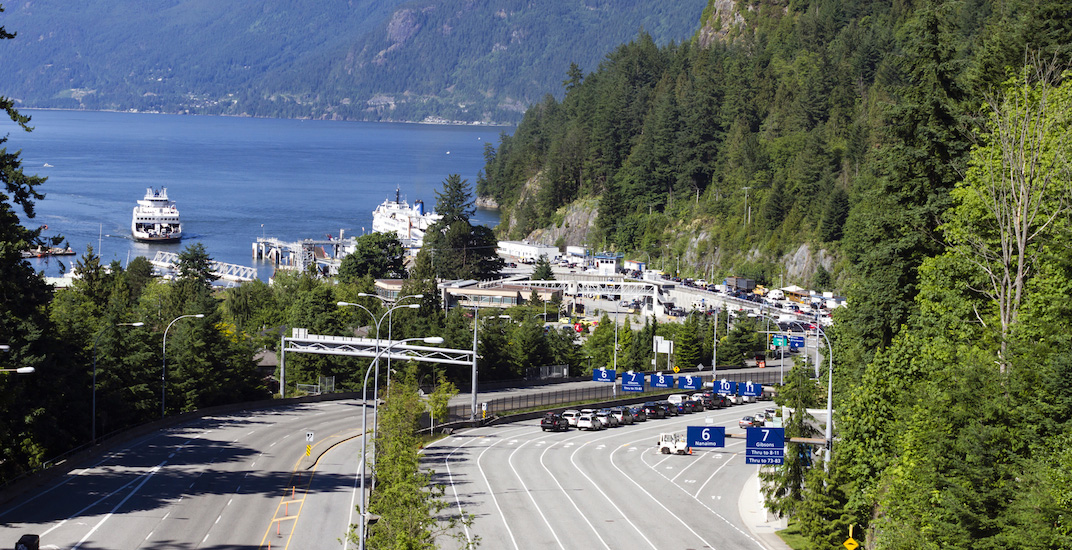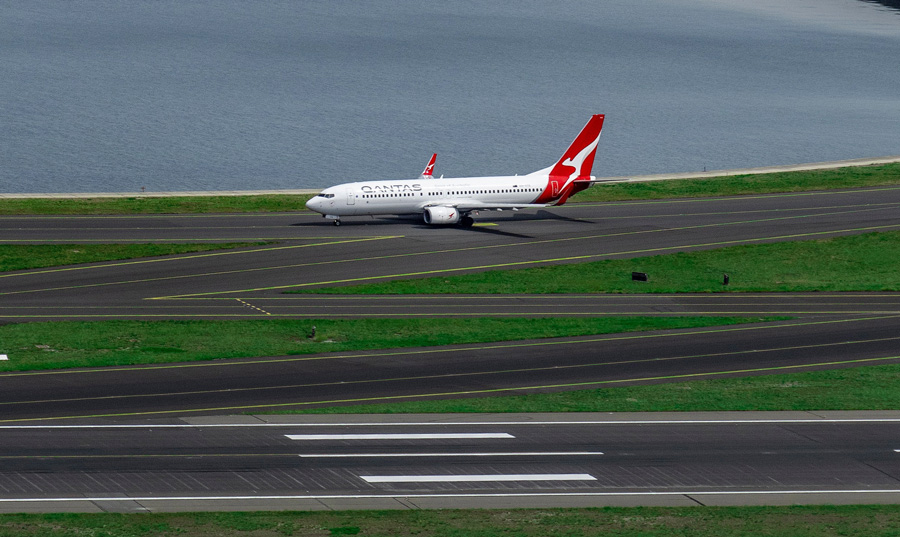Transportation and Aggregates
The History of BC Roads
n the mid 1800’s the major roads in British Columbia were simple dirt tracks in the valleys or cart trails carved out of the sides of the rock in the mountains. They were treacherous, uneven, uncomfortable to travel on and poorly maintained. Aggregates and technology have given us many more travel options. Today, because of the use of aggregates, technology, alternate building materials and aggregate compounds, we are able to move easily throughout the province.
Roads and Bridges
Our modern roads have a solid foundation of base materials and drainage materials, topped with an engineered asphalt that is designed for our varied climatic conditions. Bridges are engineered to be anchored to the bedrock, and use concrete for the supports and running surface, our tunnels are bored through rock and coated in steel and concrete. They are designed for high volume usage, maintained on a regular basis and connect our neighborhoods, communities and cities.
Did you know? 9 million tonnes of gravel were hauled during Phase 1 of the building the famous Coquihalla Highway in BC. That’s 625 dump truck loads!
Railways
Long distance travel by rail relies on the tracks and ties to stay in place as the train moves along. The aggregate used in the rail bed and in between the ties is a big part of that stability. Elevated rail systems must have a solid foundation to withstand the weights and forces of the trains. Their support columns and arches are engineered to withstand temperature variations, expansion and contraction and earth movement equivalent to a small earthquake. The right combination of aggregates, alternate materials and technology are the key elements to making the system stable and functional.
Boat Docks and Terminals
Boat Docks and Terminals
Boats need piers and terminals to dock to. The piers and terminals need the aggregate base to build on. The concrete for the terminal needs the aggregates for the mix so the concrete is strong.
Transportation needs Aggregate
Planes require re-enforced concrete for the runways and terminals, and escalators need to be anchored to concrete to run. Elevators, moving sidewalks, staircases, walkways all need aggregates and the concrete that aggregates are used in to make these work. Aggregates are essential to both small and large scale transportation in communities everywhere.


